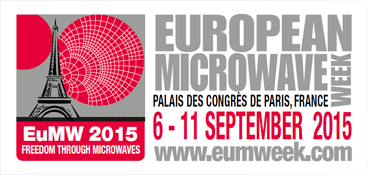
Lake Shore Cryotronics will be exhibiting high-frequency material and device measurement solutions, including a prototype for a terahertz (THz) on-wafer cryogenic probing arm, during European Microwave Week (EuMW), September 8 – 10, in Paris.
The probe arm, which the company plans to introduce later this year, is designed to enable precise probing of millimeter-wave devices and materials at THz frequencies (75 GHz and up) in a Lake Shore CPX, CPX-VF,CRX-4K, or CRX-VF probe station. By using the arm with a cryogenically rated probe and compatible VNAs installed on a probe station, researchers can perform calibrated S-parameter and other high-frequency electrical measurements at cryogenic temperatures and in high magnetic fields.
Lake Shore will have the probe arm prototype at their EuMW stand (#131) and, in a related event, Lake Shore Application Scientist Dr. David Daughton will be sharing preliminary probe arm measurement results during Tuesday’s EuMC18-03 Reflectometers and Millimeterwave Characterization session.
Also at EuMW, Lake Shore will be discussing the value of cryogenic probe stations for characterizing new microwave devices, such as MMICs, LNAs, MEMS, or superconducting circuits. For many of these applications, there is an increasing need for non-destructive RF/microwave measurements as a function of low temperature, as well as field, in a controlled environment. Lake Shore probe stations provide this environment and can be ordered with 40- or 67-GHz GSG style probes designed to ensure optimal microwave measurement performance at the very low temperatures.
Separate from probe station-based measurements, Lake Shore will also be answering questions about its Model 8501, a fully integrated, continuous wave (CW) THz based system for non-contact characterization of research-scale materials. The system enables measurements at 200 GHz to 1.5 THz frequencies with spectral resolution of better than 500 MHz, and features a high-field cryostat and superconducting magnet for measuring material responses across a range of temperatures and field strengths.
CW-THz spectroscopy can reveal properties that other techniques miss because many phenomena have been found to align with these frequencies, and it offers particular potential for characterizing dielectric materials for high-frequency and waveguiding applications.

